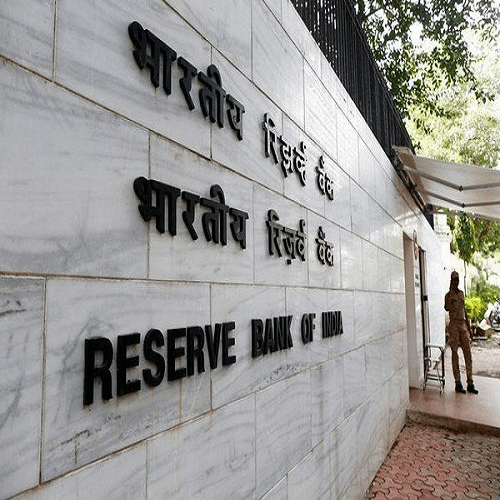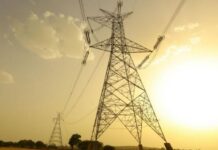In a move reflecting its cautious approach amid ongoing economic uncertainties, the Reserve Bank of India (RBI) has decided to keep the repo rate unchanged at 6.5 per cent. This marks the ninth consecutive time the central bank has opted for stability in its monetary policy.
Governor Das stated, “After a detailed assessment of the evolving macroeconomic and financial conditions and the overall outlook. It decided by a majority of four members to keep the policy repo rate unchanged at 6.5 per cent.”
He added, “The standing deposit facility rate remains at 6.25 per cent and the marginal standing facility rate and the bank rate at 6.75 per cent. The MPC also decided by a majority of four out of six members to remain focused on the withdrawal of accommodation to ensure that inflation progressively aligns with the target while supporting growth. So as you can see, there is this good amount.”
The decision to keep the repo rate steady comes amidst persistent concerns about inflation, which remains above the RBI’s target range. The central bank’s commitment to bringing inflation down to its 4 per cent target continues to face challenges due to ongoing food inflation and other economic factors.
Governor Das emphasized that the RBI remains vigilant regarding inflationary pressures and will take necessary actions to maintain price stability while supporting the country’s economic recovery. The MPC’s decision reflects a balanced approach, aiming to control inflation without stifling growth.
The RBI governor warned that there should not be any room for complacency because core inflation has fallen considerably as continuing food price shocks have slowed the process of disinflation in Q1.
The announcement was made by RBI Governor Shaktikanta Das at a press briefing on Thursday, following the conclusion of a three-day Monetary Policy Committee (MPC) meeting. The decision was reached after a detailed assessment of the current macroeconomic and financial conditions, as well as future economic projections.
(With inputs from ANI)












